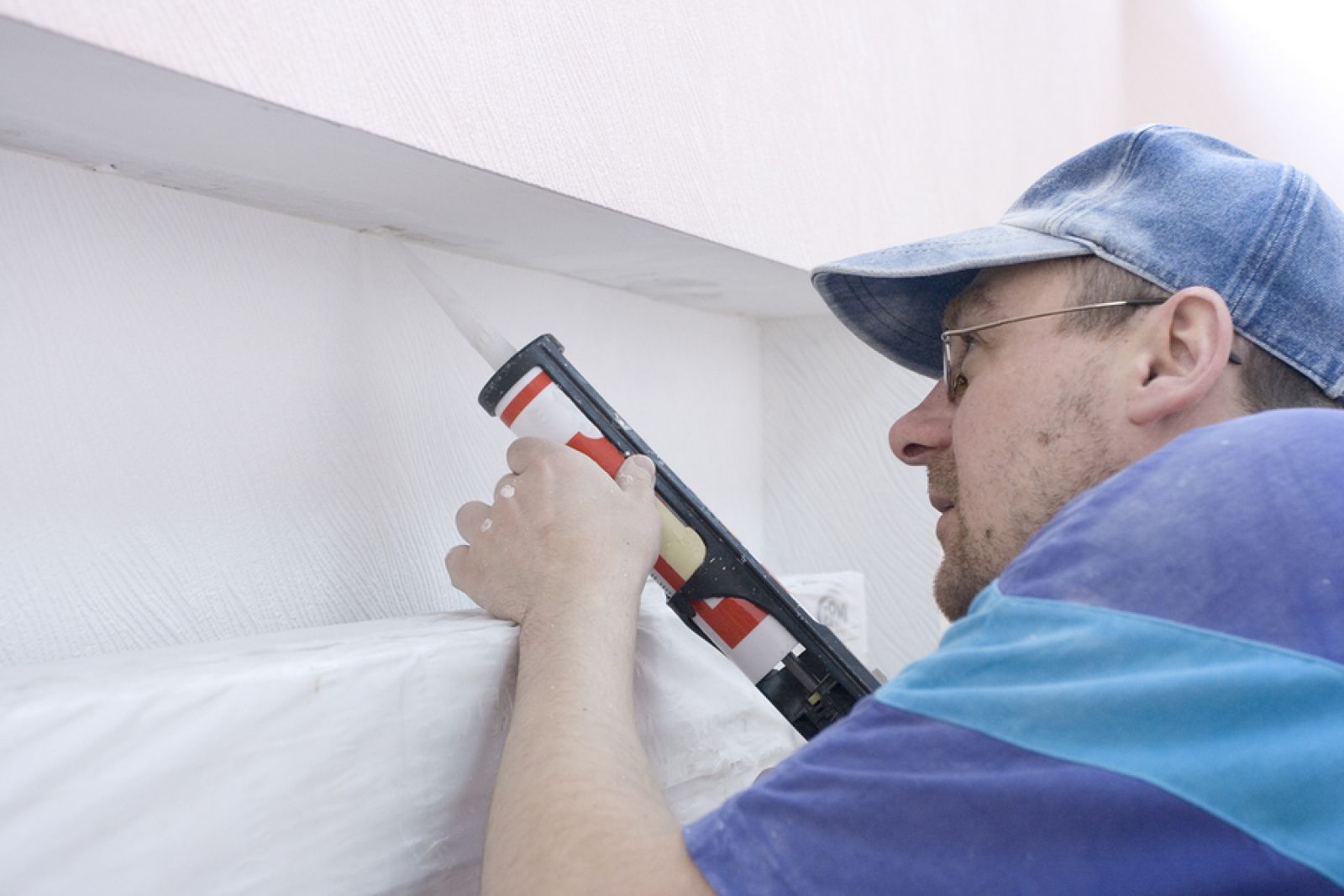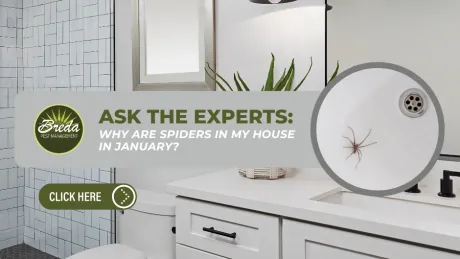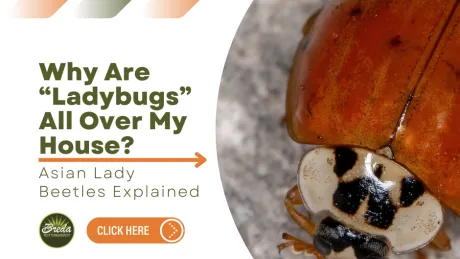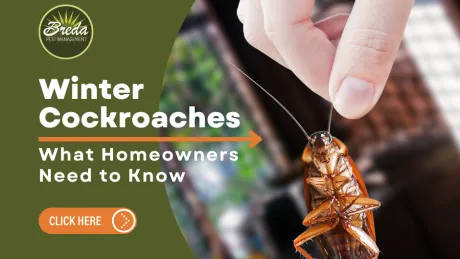
More and more homeowners are considering having their crawl spaces "encapsulated" (or completely sealed in). Why? Encapsulating crawl spaces helps keep water vapor out and helps regulate temperatures. However, before you have your crawl space encapsulated— make sure you do your research. The materials that allow encapsulation to work have only been developed recently. Far too many contractors and homeowners start installation before doing all the prep work required. This just creates bigger headaches down the road.
There is just one main reason encapsulation is needed: the water cycle. Homes built on soil have moisture underneath them. This moisture is constantly being drawn up into the atmosphere as water vapor. The trouble is, your house is right in its way. Water vapor comes up from the ground, even passing through concrete. This vapor can become trapped in your crawl space. There, the moisture encourages mold and rots the wooden bones of your home. For the better part of a century, the best way to combat this problem was to install vents at the edges of crawlspaces. Those vents were an escape route for the water vapor, letting it get outside. Yet for years, those vents were an example of cutting edge technology.
Today, modern materials are far better at keeping moisture in the ground and out of your home. Many homeowners are opting for the opposite of inefficient vents. Instead, they're opting to completely encapsulate their crawl space.
The best approach for encapsulation is largely determined by where you live. As you begin to do more research, be sure to reach out to trained pest control pros. There you'll find guidance in selecting the proper materials and strategies to make sure that your crawl space stays dry without creating further problems in the house.
Give special consideration to selecting materials. For example, many homeowners assume they'll use fiberglass insulation (which is almost always a mistake). Fiberglass insulates because of its many tiny air pockets. However, those same pockets cause fiberglass to act like a sponge when it gets wet. In addition, rodents love fiberglass because it's easy to knead into a proper nest shape. A prime alternative is closed-cell spray foam because it's less absorptive and won't attract pests. If spray foam goes on before all moisture issues are eliminated, then water will be trapped behind the foam. This can turn into a structural nightmare. This can become a haven for pests such as termites, carpenter ants, and other critters attracted to easy-to-chew, moist wood.
Successful encapsulation generally requires a few additional steps to be completed before the actual encapsulation begins. First and foremost, any moisture infiltration issues must be addressed. Otherwise, you're simply trapping moisture inside the crawl space, turning it into a swamp. Next, any debris or rotting materials must be removed. Any structural repair or reinforcement should be done. Then, finally, you can insulate and seal the crawl space. Note that you may not need to do all or even any of these preliminary steps. If you have a dry, clean, and stable crawl space, then it's ready to roll right into encapsulation. It's important to be sure that's the case, though, because anything short of 100% is flirting with disaster.



